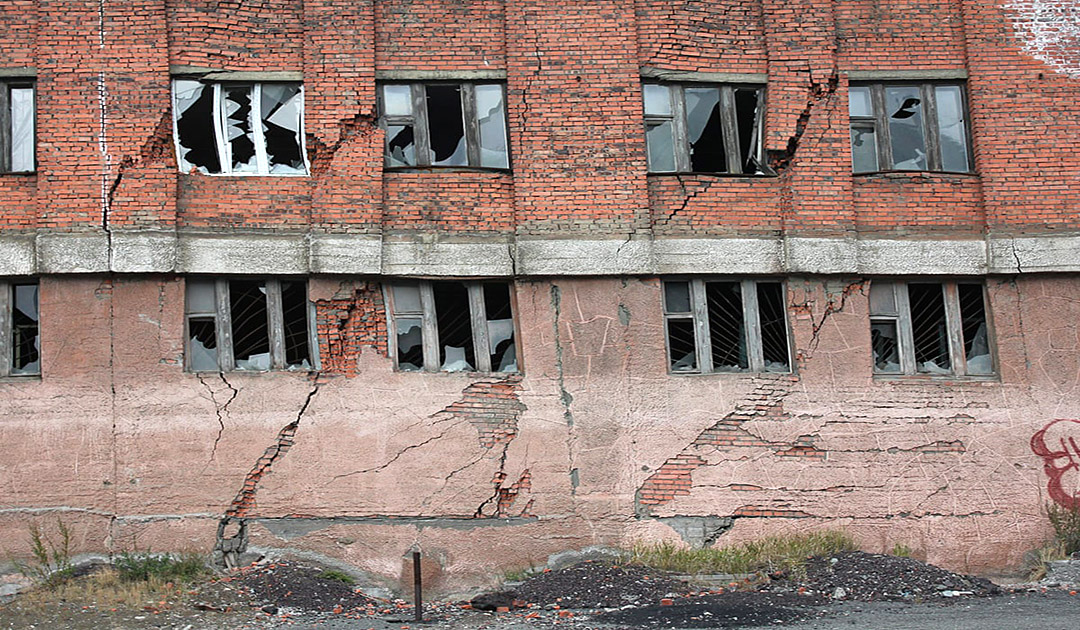
Global warming and rising temperatures in the Arctic are causing permafrost to thaw, causing major problems for cities north of the Arctic Circle. Norilsk, an industrial city of 175,000 people on Russia’s Taymyr Peninsula, was largely built on permafrost and has been severely affected by climate change. The future does not bode well: permafrost soils occupy about 63 percent of the territory of the Russian Federation.

The Ministry of Energy and Housing of Krasnoyarsk region informed that the soils under ten apartment buildings in Norilsk, whose foundations are at risk from thawing permafrost, need to be thermally stabilized. The necessary work will be carried out from 2021 to 2024. Investments will amount to about 650 million rubles (7.8 million euros).
The foundations of part of the high-rise buildings in Norilsk are based on underground bedrock, while the rest of the buildings stand on the permafrost. This construction technique was developed in Soviet times and is widely used in the Arctic. Warming temperatures are thawing the soils under a number of homes, causing foundations to become unstable and threatening to collapse the homes.

Funds have already been allocated under a four-party agreement. “Next year we have additionally planned significant construction and installation works to replace dilapidated foundations in the amount of 410 million rubles (5 million euros), as well as works on thermal stabilization of three apartment buildings in the amount of 221.2 million rubles (2.7 million euros)”, – quotes the press service of the regional industry minister Yevgeny Afanasyev.
From late 2019 to early 2020, an experiment has already been conducted in Norilsk to stabilize the foundations of two houses by freezing them. For this purpose, floor cooling systems were installed along the building contour. It consists of a network of pipes through which the refrigerant circulates.

Transport routes are also affected
As reported by the municipal institution “Norilskavtodor”, specialists have completely repaired roads at the southeastern entrance to the city and some neighboring roads.
An area of over 47,000 square meters was affected by the work.
“The work was carried out on the basis of a visual inspection of the road network. That is, where defects and holes were visible, repairs were carried out directly”, said Sergei Boytsov, acting head of the department “Norilskavtodor”.
Heiner Kubny, PolarJournal





